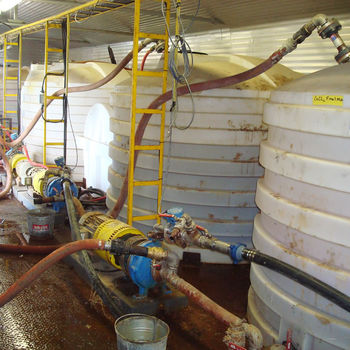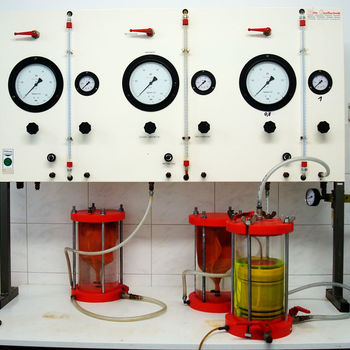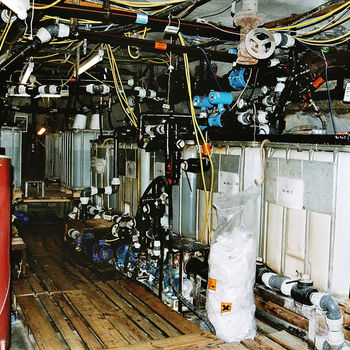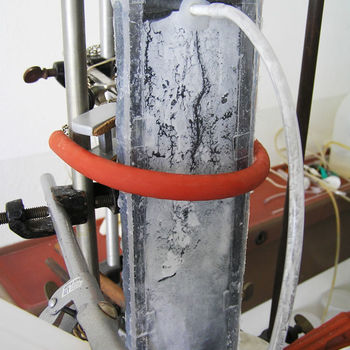In-situ immobilization of contaminants
Long-term stable fixation of heavy metals │ Overlaying of reactive mineral surfaces
Based on comprehensive studies on the kinetics of precipitation and crystallization processes, we offer new technologies for in-situ immobilization of contaminants, using directed crystallization processes. Heavy metals can be transferred into slightly soluble minerals (hydroxides, sulfides, carbonates) or are incorporated into the same. Analogously, it is possible to cover reactive mineral surfaces with hardly soluble minerals to achieve long-time stability.
Solutions are prepared and used as grout leading to the formation of gypsum (CaSO4 · 2H2O), BaSO4, CaCO3 or Ca(OH)2. All systems can be directly adjusted to the conditions given at the sites in question. Varying of pH value, total supersaturation or the redox potential, allows to define conditions allowing a safe fixation of contaminants or their conversion into non-toxic compounds.
This technology allows to copy naturally occurring processes like self-cleaning and self-healing in an efficient and timely directed way. Only naturally occurring minerals are formed by using inexpensive inorganic compounds.
The successful application of BaSO4-forming solutions to immobilize heavy metals has been demonstrated in large scale in the former Uranium mine Koenigstein of Wismut GmbH. A currently finished project proved successfully possibilities for long term fixation of heavy metals by directed in-situ generation of sulfide ions.





